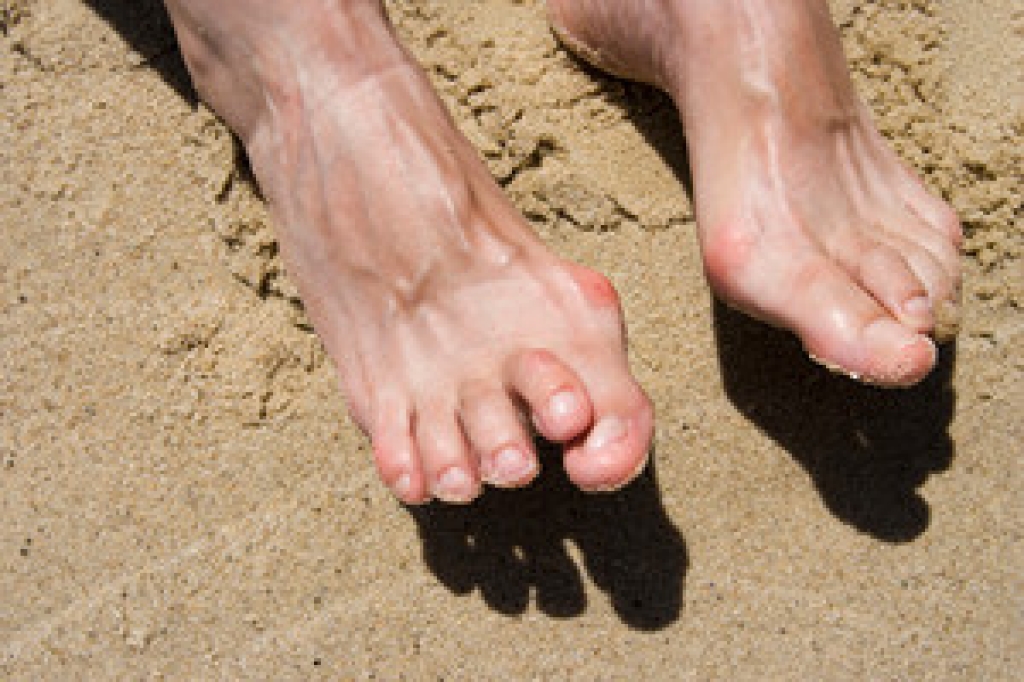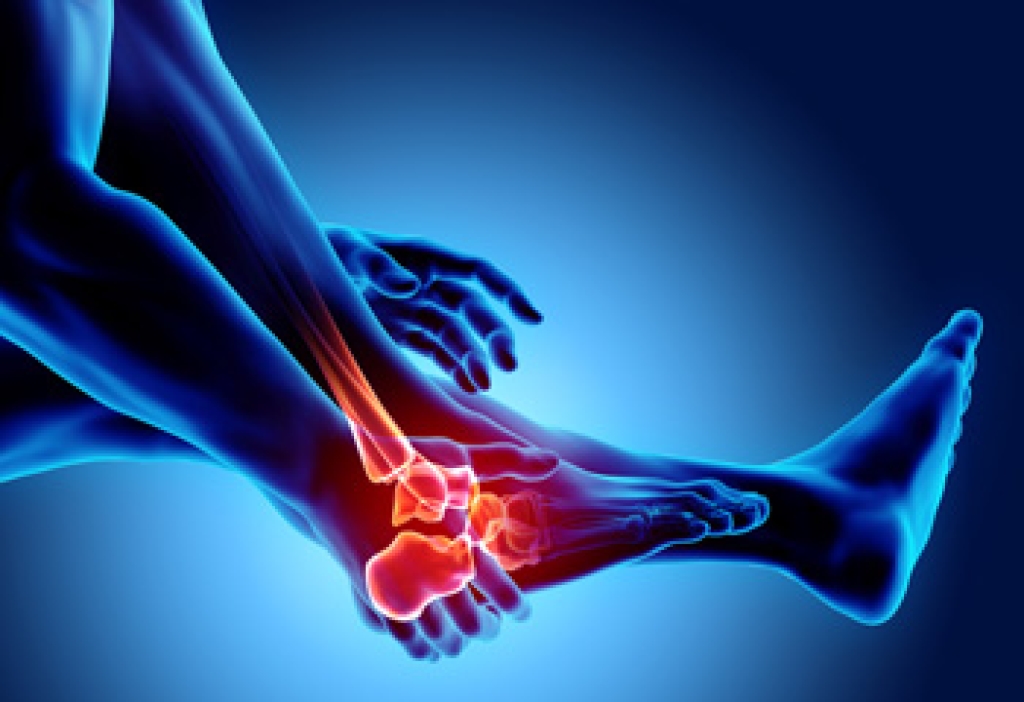
Overlapping toes develop when one toe lies over or under a neighboring one. This may be due to inherited foot shape, crowding from shoes that are too tight, or changes in how the foot moves when walking. A longer second toe, flat feet, high arches, or a bunion can shift pressure across the forefoot and encourage a toe to move out of line. Arthritis can stiffen the joints in the toes and alter their position over time. In some newborns, an overlapping pinky toe develops from inherited traits or from limited space in the womb. Foot injuries that affect the small joints can also contribute to this condition as the toe loses stability. A podiatrist can assess toe flexibility, alignment, and the overall structure of the foot to recommend the best care. If you or your child has a problematic overlapping toe, it is suggested that you make an appointment with a podiatrist for a diagnosis and treatment.
Toe pain can disrupt your daily activities. If you have any concerns, contact one of our podiatrists of Footcare Now. Our doctors can provide the care you need to keep you pain-free and on your feet.
What Causes Toe Pain?
Most severe toe pain is caused due to a sports injury, trauma from dropping something heavy on the toe, or bumping into something rigid. Other problems can develop over time for various reasons.
Toe pain can be caused by one or more ailments. The most common include:
- Trauma
- Sports injury
- Wearing shoes that are too tight
- Arthritis
- Gout
- Corns and calluses
- Hammertoe
- Bunions
- Blisters
- Ingrown toenails
- Sprains
- Fractures (broken bones)
- Dislocations
When to See a Podiatrist
- Severe pain
- Persistent pain that lasts more than a week
- Signs of infection
- Continued swelling
- Pain that prevents walking
Diagnosis
In many cases the cause of toe pain is obvious, but in others, a podiatrist may want to use more advanced methods to determine the problem. These can range from simple visual inspections and sensation tests to X-rays and MRI scans. Prior medical history, family medical history, and any recent physical traumatic events will all be taken into consideration for a proper diagnosis.
Treatment
Treatments for toe pain and injuries vary and may include shoe inserts, padding, taping, medicines, injections, and in some cases, surgery. If you believe that you have broken a toe, please see a podiatrist as soon as possible.
If you have any questions please contact our offices located in Elmhurst Jackson Heights, Astoria, Rego Park, and Forest Hills, NY . We offer the newest diagnostic and treatment technologies for all your foot and ankle needs.




